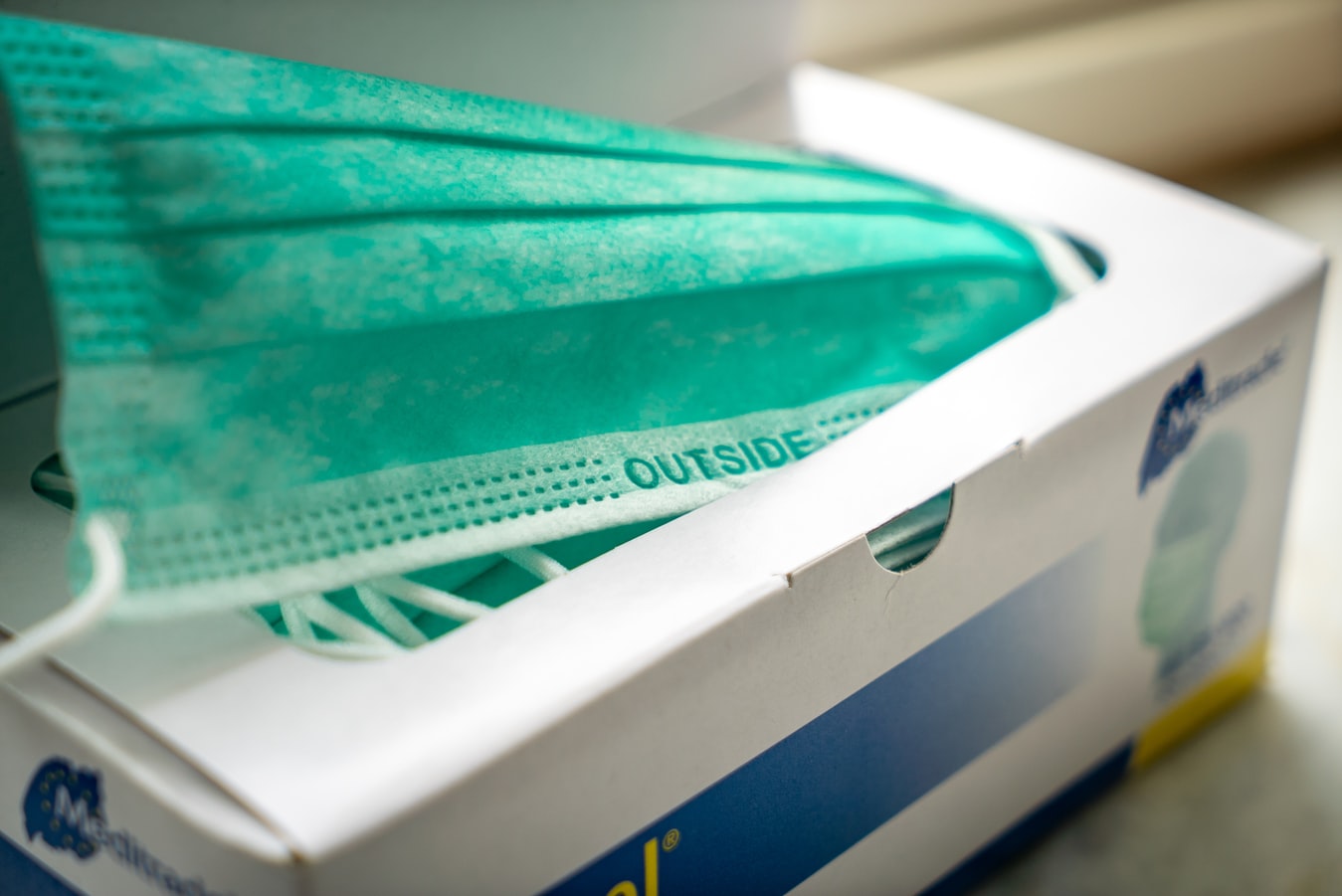Newsletter
As we work toward a safe reopening, the topic of relative humidity has cropped up in the global conversation. A known indoor comfort parameter, relative humidity already plays an important role in healthy interiors. When COVID-19 appeared, people began wondering how relative humidity may impact the virus, and, if so, what the ideal relative humidity range is for stopping the novel coronavirus.
For this reason, we decided to breakdown how relative humidity can help or hinder viral transmission, as well as the recommended relative humidity level for combating COVID-19.
What Is Relative Humidity?
When discussing humidity, we need to be clear about whether we are talking about absolute humidity or relative humidity.
Absolute humidity is the mass of water vapor divided by the mass of dry air at a given temperature and volume. Relative humidity (RH), on the other hand, is the ratio of the current absolute humidity to the maximum possible absolute humidity at a given temperature, expressed as a percentage. So, for a relative humidity of 75%, you can think of the air being three quarters “full” of water vapor.

Winter RH levels are generally lower than summer levels, which is why many incorrectly postulated that the COVID-19 pandemic would abate during the summer of 2020.
Temperature and relative humidity are closely related, as maximum possible absolute humidity increases with temperature. If the amount of water vapor in the air remains constant and the temperature decreases, relative humidity will increase. The reverse also holds.
How Does Relative Humidity Impact COVID-19 Transmission?
Because SARS-CoV-2 is a new virus, we lack vital research into its specific behaviors. We have to rely on existing knowledge about other viruses, like influenza, and what limited information we currently have on SARS-CoV-2.
Like many pathogenic viruses, SARS-CoV-2 is an enveloped virus. In other words, it is coated with a lipid membrane, or envelope, which can play a role in survival and infecting other cells. Typically, enveloped viruses survive better at lower relative humidity levels, for a variety of reasons involving the relationship between the virus, water molecules, and solutes.

Droplets expelled from an infected individual’s lungs are at full humidity (RH 100%). As these droplets enter air of lower RH, water evaporates and decreases the size of the droplet. The lower the RH, the more water will evaporate, and the smaller the droplets will be. With smaller surface areas, fewer viruses on the surface of respiratory droplets are inactivated due to surface tension, stress, and conformational rearrangement.
Salts and pH also play a role in viral inactivation. As water evaporates from expelled droplets, the concentration of dissolved solutes and H+ ions will increase, making the droplet environment less and less hospitable. At a certain point, however, the salts will crystallize, allowing viruses to remain active and infectious. So, to maximize viral inactivation, RH should be around mid-range.
What Is the Ideal Indoor Relative Humidity To Protect Against COVID-19?
Relative humidity and viral transmission have a complicated relationship. At high and low relative humidity levels, viruses can remain viable for longer periods of time, allowing them to spread to more people.
To minimize the spread of COVID-19, indoor relative humidity levels should be kept between 40%-60%. Luckily, 40% to 60% relative indoor humidity is quite comfortable for humans (especially around 40%) and can be readily achieved through humidification, dehumidification, and relative humidity monitoring.

Maintaining RH levels around 40%-60% will help stop SARS-CoV-2 but should not be a complete guarantee. Many viral particles will survive at this level, so additional precautions like face masks and social distancing need to be implemented.
Want to learn more strategies for busting COVID-19? Check out our recent webinar detailing key components of indoor air quality management, and learn how to avoid common pitfalls to fully leverage your air quality monitoring system.






.png?width=200&height=148&name=Menu%20C%20(2).png)

.png?width=307&height=228&name=Menu%20-%20D%20(1).png)
.png)





